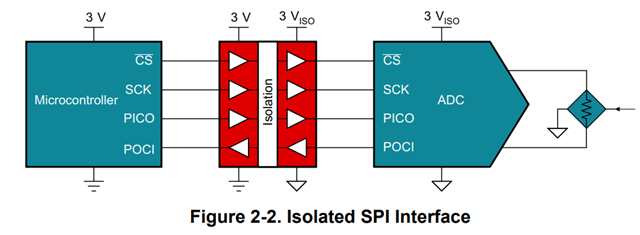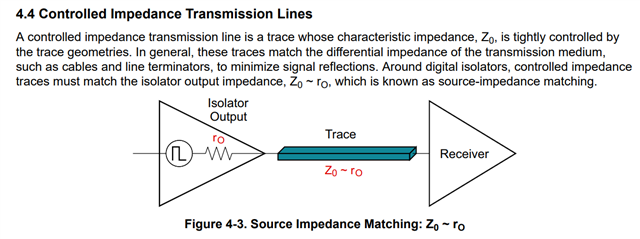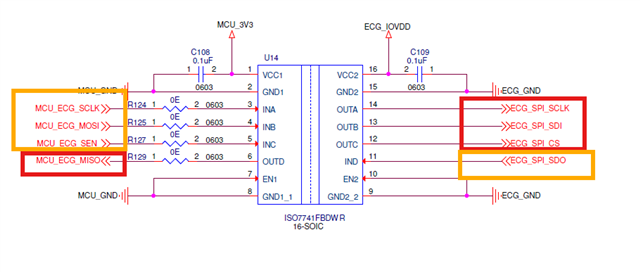Tool/software:
Hi Team,
We're using the ISO7741FBDWR, ISO7742FDBQR and ISO7740FQDWRQ1 in our product.
These isolators are being used for SPI communication and GPIO signals.

We have implemented the following routing strategy:
-
Maintaining 70-ohm impedance between the isolator outputs (OUTA, OUTB, OUTC, OUTD) and the receiver inputs.
-
Maintaining 50-ohm impedance between the isolator inputs (INA, INB, INC, IND) and the driver outputs.
We are referring to the guidelines provided in the following TI application note:
https://www.ti.com/lit/an/slla284g/slla284g.pdf?ts=1742279592311

Is this ok to route the signals like above?
Kindly review and let us know if the above routing is appropriate or if any changes are recommended.
Thanks!


